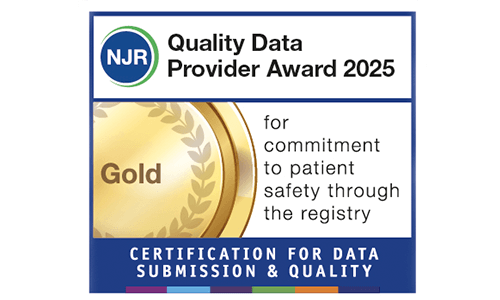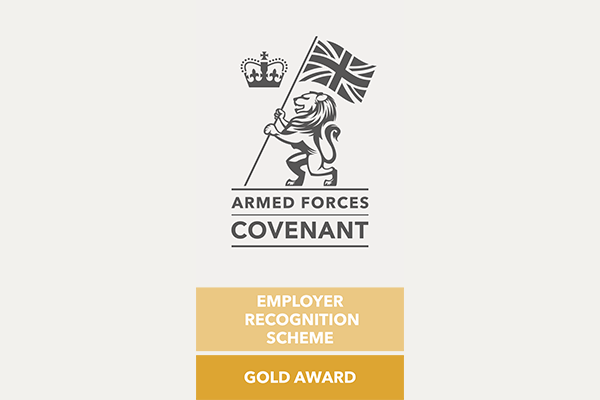Trigger Finger Release Specialists at North Downs Hospital
-
Mr Oliver Harley
Cosmetic Surgery
Mr Oliver Harley is a Consultant Plastic, Cosmetic & Reconstructive, Hand and Wrist Surgeon in Surrey
View Profile -
Mr Anestis Iossifidis
Orthopaedics
Mr Anestis Iossifidis is a Consultant Orthopaedic Surgeon in Surrey who specialises in shoulder surgery.
View Profile -
Mrs Catherine Manley
Hand Therapy
Mrs Catherine Manley is a Hand Therapist at North Downs Hospital in Caterham, Surrey
View Profile -
Mr Arvind Mohan
Orthopaedics
Mr Arvind Mohan is a Consultant Orthopaedic Surgeon in Caterham, Surrey who specialises in upper limb surgery.
View Profile -
Mr Jae Rhee
Orthopaedics
Mr Jae Rhee is a Consultant Orthopaedic Surgeon in Surrey, who specialises in shoulder and upper limb disorders.
View Profile -
Mr Ali Shafighian
Orthopaedics
Mr Ali Shfighian is a Consultant Orthoapedic Surgeon in Berkshire, Oxfordshire and Surrey who specialises in Hand and Wrist surgery
View Profile -
Mr T C Teo
Cosmetic Surgery
Mr TC Teo is a Consultant Plastic, Cosmetic & Reconstructive, Hand and Wrist Surgeon in Surrey.
View Profile


